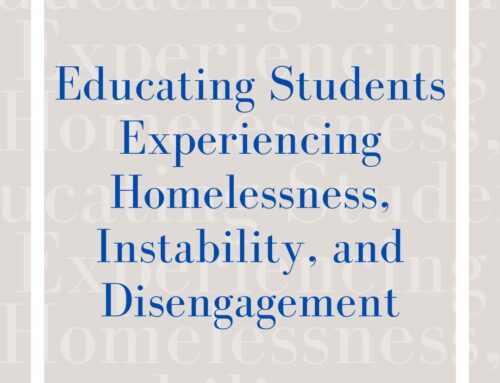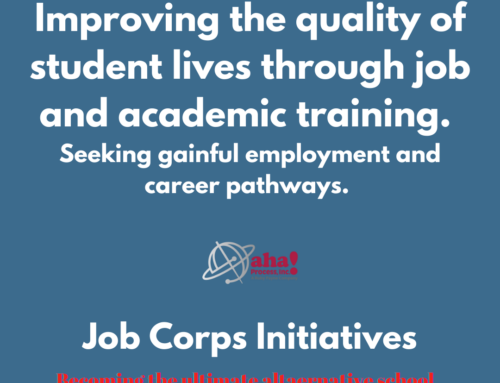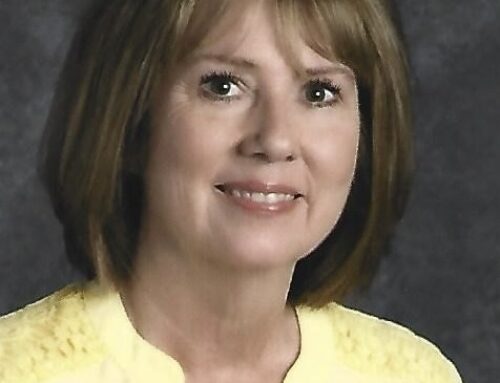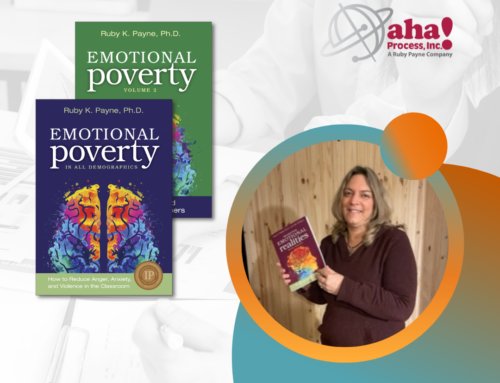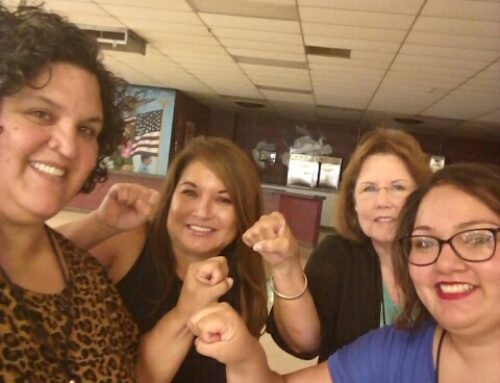Paul Slocumb and Ruby Payne clearly define the difference between treating students as equals and treating all students equitably, especially when talking about gifted programs:
“When an identification process imposes criteria on students as though they all come to school having had the same opportunities, they are being treated equally. They are not, however, being treated equitably … Equity in programs designed to identify and serve potentially gifted/talented students is two-pronged. The first prong is the identification process. The second prong is in the program design—that is, the manner in which the identified gifted students from poverty receive services once the students are identified. Gifted/talented students from poverty cannot be identified or served as though they were from non-poverty households.” (Slocumb & Payne, 2010, pp. 3–5)
In cases where this does not occur, educators are identifying opportunity rather than being truly gifted or the ability to develop true giftedness. What must be taken into consideration is readiness to learn based on foundational experiences. “The sources of the inequity for students from poverty are rooted in the home and the resources available to the student” (Slocumb & Payne, 2010, p.8).
In Payne’s book A Framework for Understanding Poverty (2005), several key sources of this inequity among students are identified. For example, when a student is more resourced, the chances increase that he/she will perform better in school. However, for those students who lack access to many of the nine resources within their developing and later years, the chances are less likely that that student will understand how the abstract, verbal, proactive world of school works. As a result, high performance is less likely unless interventions are made. The nine resources are as follows: financial; language; emotional; mental; spiritual; physical; support systems; relationships and role models; and knowledge of hidden rules. A more thorough discussion of these resources is included in Chapter 2 of Removing the Mask (Slocumb & Payne, 2010).
Students from poverty tend to be more sensory-oriented, concrete in their approach to learning, and reactive, responding to nonverbal cues in the people and environment that surrounds them. It is not a matter of whether students fall into an economic class or category, such as free/reduced lunch, but the extent to which they are either resourced or under-resourced. “To better understand students and adults from poverty, a working definition of poverty is ‘the extent to which an individual does without resources’” (Payne, 2005, p. 7).
Slocumb and Payne sum up the relationship between inequity and resources:
These resources, or the lack thereof, contribute significantly to the opportunities that students do or do not have in their early, formative years. Impoverished backgrounds contribute to lesser skill and lower production levels. This ‘lack of’ is clearly exhibited and most definitively judged in school settings. This lack of resources sets the stage for the variations and differences one sees in students. When identifying the potentially gifted student, the lack of resources frequently manifests itself in students through the following:
- Score lower on standardized tests.
- Behave differently from their peers from middle class households.
- Appear unmotivated, lacking goals and planning skills.
- Lack social skills necessary to resolve conflicts.
- Lack many skills that society regards as basic academic skills.
Screening all students as if they have had backgrounds that are equal ignores the factors that have contributed to the vast differences that impact their lives.” (Slocumb & Payne, 2010, p. 9)
In Part 3 of this blog series, I will review some of the solutions that aim to enhance equity in serving gifted students from poverty.
References
Payne, R. K. (2005). A Framework for Understanding Poverty (fourth rev. ed.). Highlands, TX: aha! Process.
Slocumb, P. D., & Payne, R. K. (2010). Removing the Mask: How to identify and develop giftedness in students from poverty (rev. ed.). Highlands, TX: aha! Process.


